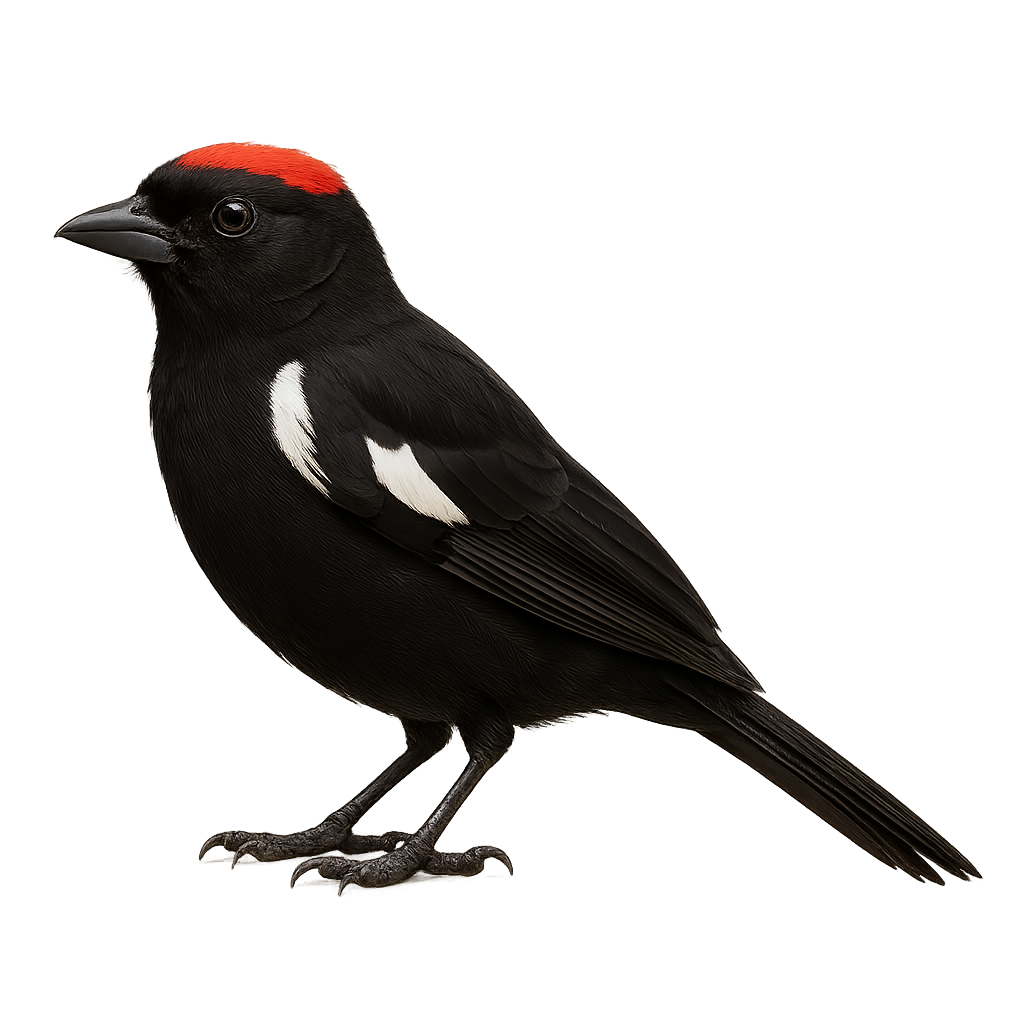Your wildlife photography guide.
Explore the tawny-crested tanager in detail, study its behavior, prepare your shots.
Where to observe and photograph the tawny-crested tanager in the wild
Learn where and when to spot the tawny-crested tanager in the wild, how to identify the species based on distinctive features, and what natural environments it inhabits. The WildlifePhotographer app offers tailored photography tips that reflect the tawny-crested tanager’s behavior, helping you capture better wildlife images. Explore the full species profile for key information including description, habitat, active periods, and approach techniques.
Tawny-crested Tanager
Scientific name: Heterospingus xanthopygius

IUCN Status: Least Concern
Family: THRAUPIDAE
Group: Birds
Sensitivity to human approach: Suspicious
Minimum approach distance: 10 m
Courtship display: March to May
Incubation: 13-15 jours
Hatchings: March to June
Habitat:
Tropical rainforests, transitional areas
Activity period :
Primarily active during the day, with peak activity in the morning and late afternoon.
Identification and description:
The Tawny-crested Tanager, or Heterospingus xanthopygius, is a small, colorful songbird of lowland tropical rainforests along the Pacific coast of southern Costa Rica and western Panama. It is recognized by its reddish-brown eyebrow stripe, olive back, pale underparts, and bright yellow rump. Active in the canopy, it often joins mixed-species flocks and feeds on fruits, insects, and occasionally nectar. Though discreet, it is striking and relatively little-known outside its limited range. Its population is considered stable but sensitive to habitat fragmentation.
Recommended lens:
400mm – adjust based on distance, desired framing (portrait or habitat), and approach conditions.
Photography tips:
To photograph the Tawny-crested Tanager, it is advisable to use a 400mm or longer telephoto lens to capture detailed images without disturbing the bird. Look for it in tropical rainforests, where it often feeds in small groups. Be patient and discreet, as this bird is suspicious. The best times to observe it are early in the morning or late in the afternoon, when the natural light is soft and highlights its bright colors.
The WildlifePhotographer App is coming soon!
Be the first to explore the best nature spots, track rutting seasons, log your observations, and observe more wildlife.
Already 1 432 wildlife lovers subscribed worldwide

